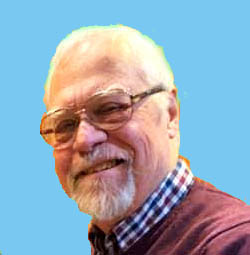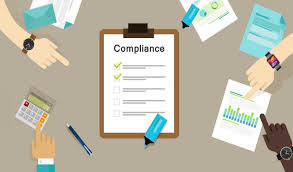 For most law firms, files and documents are at the center of all work the firm performs. You are wasting valuable time on a daily basis if you can’t find the right file exactly when you need it via search tools. A good Optical Character Recognition (OCR) system can help you find that hidden data in your documents. OCR should figure prominently into whatever document management or practice management software you employ to organize your files. Even if you are using only a rudimentary Windows folder tree to organize your files, OCR software can help.
For most law firms, files and documents are at the center of all work the firm performs. You are wasting valuable time on a daily basis if you can’t find the right file exactly when you need it via search tools. A good Optical Character Recognition (OCR) system can help you find that hidden data in your documents. OCR should figure prominently into whatever document management or practice management software you employ to organize your files. Even if you are using only a rudimentary Windows folder tree to organize your files, OCR software can help.
OCR software turns all of your non-text-searchable documents, such as .pdfs and tiffs, into text-searchable files. This way, you can search the content in the document itself, in addition to searching the title and the meta-data.
Recent surveys have shown that one fifth to one third of all documents stored by law firms are not content searchable. While various PDF file creation applications can manually convert internally-generated documents to be searchable, they CAN’T convert – or search in – documents received from external sources that are not already OCRed.
Unlike hardware- or software-based OCR scanning solutions, automated OCR software routinely monitors all of your documents stored in your document management system or in Windows folders, analyzing every page of every document to ensure that 100% of your content can be retrieved based on content searches.
So, if you recall a client name, or some other key detail that isn’t part of the file name or the meta-data, you can have 100% confidence in your ability to search and retrieve the information you need, in seconds. Products like Symphony OCR from Trumpet, Inc. can scan and analyze files in Windows Folders, within practice management systems like Time Matters or Amicus Attorney, or within document management systems like NetDocuments or Worldox.
Once an automated OCR solution is installed on your system, it goes through ALL of your files and identifies PDF or TIFF files that contain images of text, but NOT searchable text characters. The next step—OCR—converts those images of text to searchable content, by adding an invisible layer of text over the original document.
We will be hosting webinars in May showing how an automated OCR system can significantly improve search results in any document management or folder-based storage system. Watch your email for an invitation to join us for one of these informative sessions. As a thank you for attending, all attendees will receive a free document search analysis tool which you can install on your own system to discover how many of your own documents are not retrievable using conventional search tools.

Jack Schaller has been active in the field of law office technology since 1989, and has worked with a variety of commercial accounting, legal billing, practice management, and document management software products during his twenty plus years in the software consulting field. During his tenure as a software consultant he has garnered many sales and service awards for his work with legal software products. Jack is a frequent presenter at legal conferences and seminars, and is a regular contributor to TechnoLawyer and other technology publications.



